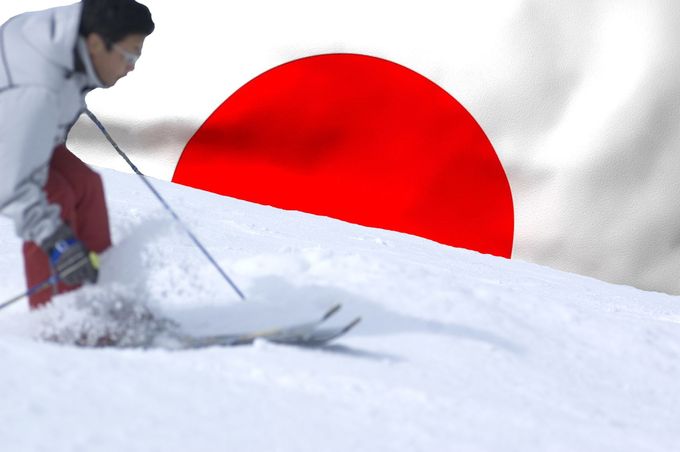
When we think of Japan, we think of many things. Karaoke, sushi, samurai, drunk Japanese businessmen, anime, Tokyo, Godzilla, Godzilla destroying Tokyo, Ken Watanabe, the rising sun, Mount Fuji, Lost in Translation starring Bill Murray and Scarlett Johansson; they’re all, without question, utterly synonymous with that red dot on a white background. However, for action sports enthusiasts – skiers and snowboarders in particular, Japan means powder. Sweet, lovely, precious powder…and lots of it.
7 Ways To Afford A Ski Trip This Winter Even When You’re Flat Broke
28 Reasons Why Japan Should Be Your Next Adventure
Japan’s reputation for serving up insane amounts of snow is legendary. In Janurary 2015 for example, we reported that the country’s Gassan Snow Resort receives such high levels of dumpage during the traditional winter months (December-April) that it can only open its lifts between May and July. When you consider the widely publicised snow-related difficulties many European resorts have been having in recent years, stories such as this really do boggle the mind.
Skiing In Scotland: A Guide To Scottish Ski Resorts
From the northern island of Hokkaido to the more southerly island of Kyushu, the nation of Japan boasts over 500 ski resorts. Now, in an ideal world we’d list the pros and cons of every single ski resort in Japan, and tell you every single thing you need to know about them. Unfortunately, we’ve estimated roughly how long that would take and, well to be frank with you, it would just take way too long. Instead, here’s a walkthrough for five of the best ski resorts in Japan and some convincing reasons why you should visit them.







